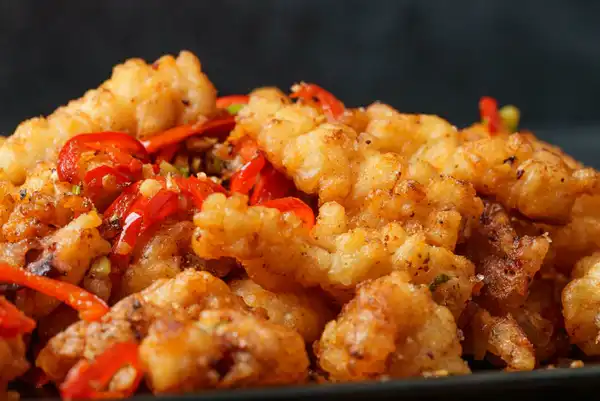Salt and Pepper Squid is an iconic Cantonese dish, one you can find on menus of Chinese restaurants everywhere. There's so much to love about it, from the crispy, yet tender texture of the squid to the aromatic, slightly spicy kick you get from the classic salt and pepper seasoning.
My dad will share his version of the dish and reveal his tricks for prepping the squid so it doesn't get tough and rubbery.
This isn't the first salt and pepper preparation we've had on Made With Lau! My dad previously shared his recipe for irresistible Salt and Pepper Tofu, which is a great vegetarian option and shows just how versatile the seasoning is.
A expert Chinese chef's tip for the crispiest salt and pepper squid
While many fried squid recipes call for a dry batter, my dad prefers a wet one which, in his expert opinion, not only yields a nicer crust, but also seals in miosture so the squid stays tender and juicy.
Check out a quick story summary of our recipe!



